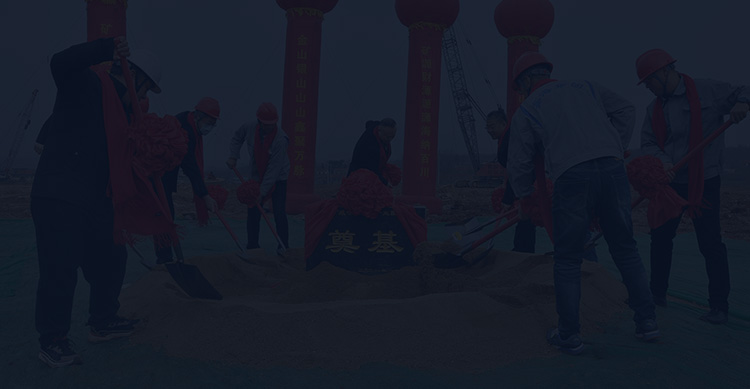
The ilmenite iron tailings ore dressing still contain a variety of valuable components, such as titanium and rare earth elements. Effective treatment of them can achieve comprehensive utilization of resources. Pretreatment is a preparatory treatment before the main beneficiation operation of tailings, the purpose of which is to improve the properties of tailings and improve the subsequent beneficiation recovery efficiency.
Pretreatment refers to a series of physical, chemical or physical and chemical treatment methods for tailings before deep beneficiation of ilmenite iron tailings to recover valuable elements (such as titanium, etc.). These treatment methods are mainly to change the particle size, mineral surface properties, impurity composition, etc. of the tailings, so that the tailings are more suitable for subsequent beneficiation processes such as flotation, magnetic separation, gravity separation, etc., to improve the recovery rate of valuable elements and product grade.
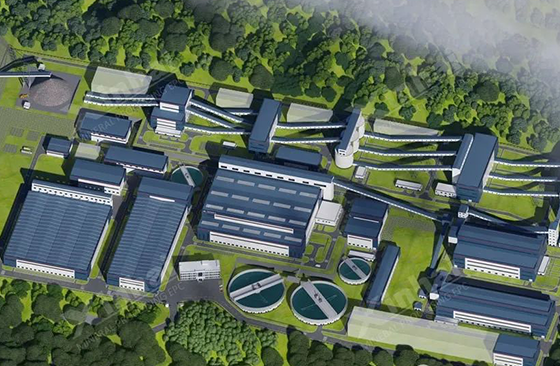
1. Pretreatment of ilmenite tailings by grinding
Grinding is to crush the tailings by grinding equipment (such as ball mill, rod mill, etc.) to further separate the minerals in it. For ilmenite tailings, after the iron selection operation, some titanium minerals may still be associated with gangue minerals or other minerals. Grinding can reduce the particle size and increase the degree of mineral dissociation. In the ball mill, when the cylinder rotates, the steel balls or steel segments inside impact and grind the tailings. According to the properties of the tailings and the required particle size of the grinding product, the parameters such as grinding time, size of the grinding medium and filling rate are adjusted to achieve mineral separation.
The grinding process has high energy consumption and serious equipment wear. Excessive grinding may also lead to excessive fine-grained sludge, which will increase the complexity of subsequent mineral processing. For example, during flotation, the sludge will adsorb reagents and affect the flotation effect.
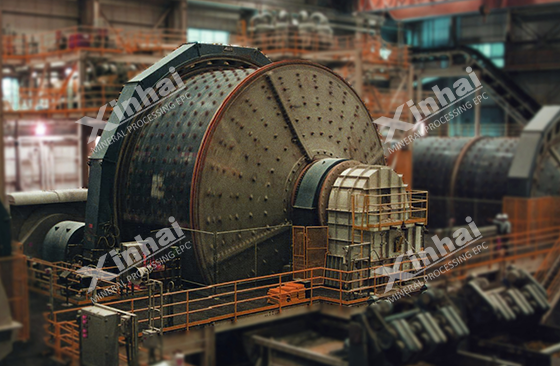
2. Pretreatment of ilmenite iron tailings desludging
Desludging is to separate the fine mud from the tailings by using the difference in the settling speed of mineral particles in water flow or other media. Fine mud usually refers to particles with very fine particle size (generally less than 10-20μm), which can be desludified by hydrocyclones, high-frequency fine screens and other equipment. If a hydrocyclone is used to utilize its centrifugal principle, coarse particles can be discharged at the bottom of the cyclone, and fine mud can flow out from the upper overflow port to achieve desludging.
Desludging can effectively remove fine mud from tailings and reduce the negative impact of fine mud on subsequent mineral processing. In the treatment of ilmenite iron tailings, desludging can reduce the viscosity of the slurry, improve the selectivity of mineral processing operations such as flotation, and help improve the recovery rate and grade of valuable minerals. However, the desludging process may cause the loss of some valuable minerals, especially when the valuable minerals themselves are fine in particle size and are removed together with the fine mud. At the same time, the operation and maintenance of desludging equipment requires certain costs and technical support.
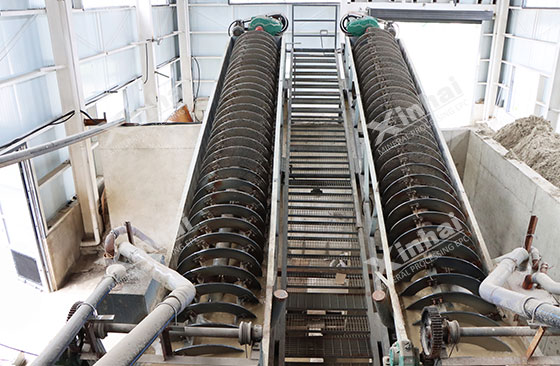
3. Roasting pretreatment of ilmenite iron tailings
Roasting is a chemical heat treatment method. For ilmenite iron tailings, roasting can change the crystal structure and surface properties of the mineral. Through oxidative roasting, certain sulfides are oxidized, which in turn changes the chemical bonds and activity on the surface of the mineral. The principle process is to heat the tailings under certain temperature and atmosphere (such as air, nitrogen, etc.). During the roasting process, the minerals in the tailings will undergo physical and chemical changes, such as dehydration, decomposition, oxidation-reduction reactions, etc.
Roasting ilmenite tailings can effectively improve the floatability or magnetic separation performance of the mineral. For iron tailings containing ilmenite and some difficult-to-select gangue minerals, roasting can increase the physical and chemical differences between ilmenite and gangue minerals, which is beneficial to subsequent mineral separation. However, roasting requires a lot of energy, and pollutants such as waste gas may be generated during the roasting process, which requires corresponding environmental protection equipment. At the same time, improper control of the parameters of the roasting process (such as temperature, time, atmosphere, etc.) may lead to excessive damage to the mineral structure and affect the recovery of valuable minerals.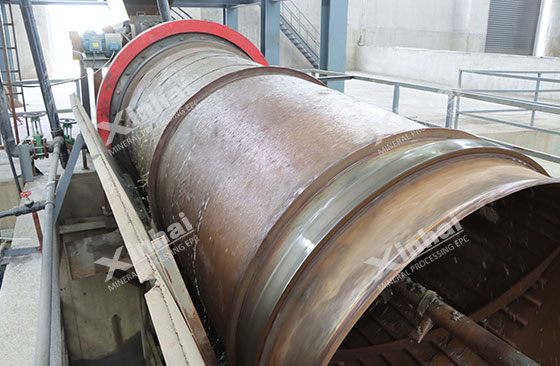
4. Magnetic separation pretreatment of ilmenite iron tailings
There may be some weakly magnetic minerals or magnetic impurities in the ilmenite tailings. Magnetic separation pretreatment is to use the magnetic difference of minerals to perform preliminary separation of tailings through magnetic separation equipment (such as permanent magnetic drum magnetic separator, high gradient magnetic separator, etc.). When the tailings pass through the magnetic field, the magnetic minerals are adsorbed on the magnetic poles of the magnetic separator, while the non-magnetic minerals flow out with the slurry, thereby achieving preliminary separation.
Magnetic separation pretreatment can effectively remove magnetic impurities in the tailings and improve the quality of subsequent mineral processing products. For ilmenite iron tailings, magnetic separation pretreatment can enrich non-magnetic or weakly magnetic valuable minerals such as ilmenite, providing better raw materials for subsequent mineral processing operations. However, the investment and operating costs of magnetic separation equipment are relatively high, and the effect of magnetic separation may be limited for some minerals with weak magnetism and complex mineral compositions.
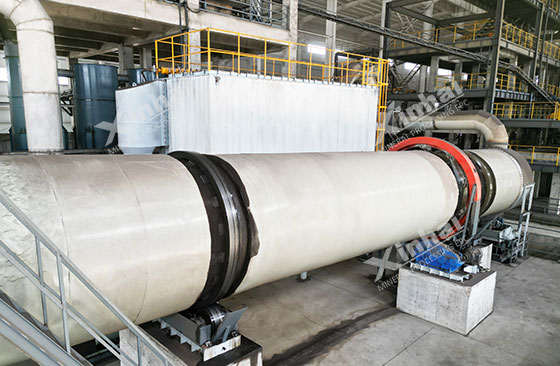
5. Chemical leaching pretreatment of ilmenite iron tailings
Chemical leaching pretreatment is to use chemical reagents (such as acids, alkalis, etc.) to react chemically with certain minerals in the tailings, so that valuable elements enter the solution in the form of ions, or dissolve and remove certain impurities.
However, for some tailings containing ilmenite and soluble impurities, acidic reagents such as dilute hydrochloric acid can be used for leaching. During the leaching process, impurity minerals react with acids to dissolve, while target minerals such as ilmenite can remain insoluble under appropriate conditions, thereby achieving the purpose of pretreatment.
Chemical leaching pretreatment can remove impurities in tailings in a targeted manner, or initially enrich valuable elements. When treating ilmenite iron tailings, chemical leaching can be used to remove some impurity elements that affect titanium recovery and improve the grade of titanium. However, chemical leaching requires the use of a large amount of chemical reagents and is costly. Moreover, the treatment and recovery of the leachate is a complex process, which requires the prevention of environmental pollution, and reasonable subsequent treatment of the solids and liquids after leaching.
To find out more about our products and solutions, please fill out the form below and one of our experts will get back to you shortly.